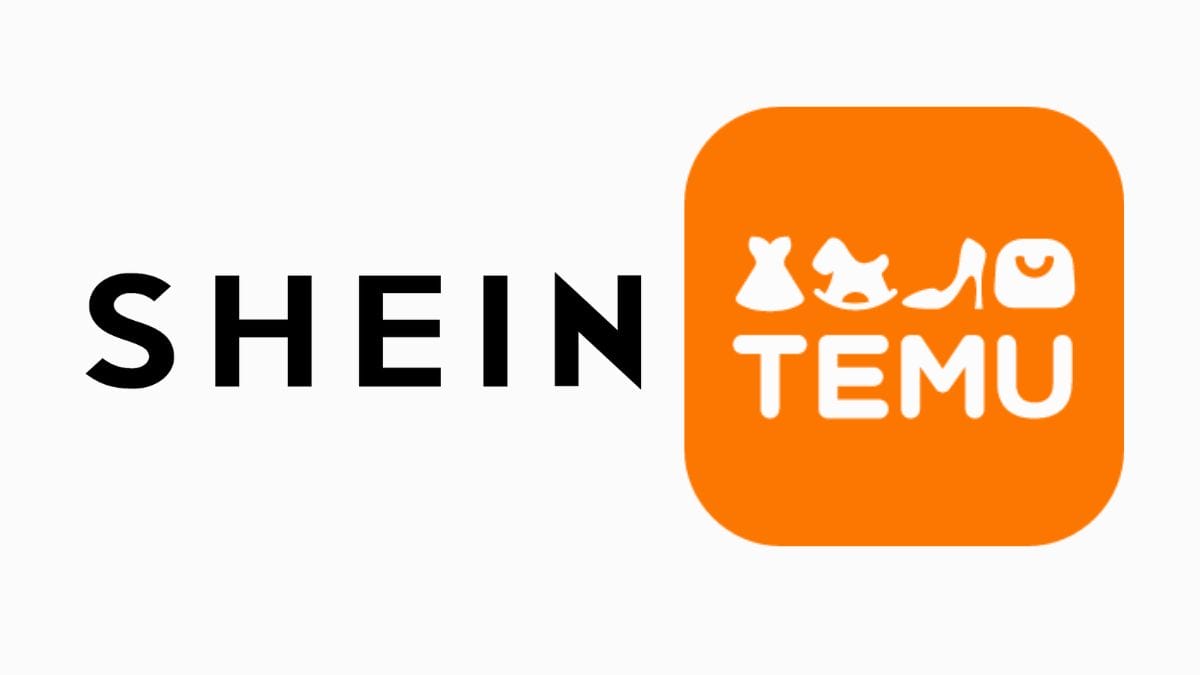Temu Temu and Shein are among the most popular and affordable eCommerce companies. Both are known for their fast rise and status as affordable products. But, like any comparison, it’s crucial to delve deeper into the details of their business models to be able to determine if Temu is comparable to Shein or if they’re different competitors in the world of e-commerce. For more information, click Shein vs Temu

The rise of Shein and the rise of temu
Temu’s rise to prominence is certainly a direct parallel to the success story of Shein. Both have seen exponential growth rates and have captured the attention of savvy shoppers. The appeal of these brands is their price which allows people to stay fashionable and not go broke. This has caused many to question What is the real difference between Temu & Shein made of identical materials?
Similarities and differences
Temu shares the same traits as Shein in offering items that are budget-friendly, but they’re not exactly mirror images. Temu with its ingenuous Next-Gen Manufacturing model stands out for delivering substantial cost savings across all categories of merchandise. The model employs advanced manufacturing techniques to improve manufacturing processes. It reduces overhead costs, and passes savings to customers.
Shein, on the other hand, has gained a reputation for being a fast-fashion brand, with primarily clothing and accessories. Its appeal is that it is always in tune with most recent trends in fashion and providing a variety of options that cater to different fashion preferences. Shein’s focus on fashion as along with other verticals, such as accessories and beauty has allowed it to establish its own niche.
Business models are in the spotlight
Temu’s Next-Gen Manufacturing model deserves a closer look. Temu optimizes the supply chain and manufacturing processes by using modern technologies like AI data analytics, data analytics and automation. They can improve quality and lower production costs. Temu offers a wide range of goods at low costs in various categories, from electronics to household goods. This is what differentiates Temu from Shein which focuses its efforts primarily on fashion and related products.
Shein offers a wide range of trends in fashion. But, the business model relies on constantly updating inventory in order to keep up with trends in fashion that constantly change. This means that the design, production and distribution processes have to be swift. This has certainly been a factor in its success especially with younger customers who are looking for fashionable pieces at affordable prices.
Questions of ownership
The issue of whether Shein is the owner of Temu has sparked an abundance of curiosity. This is not the truth. Temu is a distinct entity that has its own ownership structure. Temu has its own e-commerce platform, while Shein focuses on its manufacturing methods. Shein is a separate brand that has a modern and stylish offering.
The Takeaway
In the tumultuous ocean of e-commerce, it’s simple to draw parallels between two companies that exhibit similar growth trajectories. However, the tale of Temu and Shein illustrates that despite their similarities, the differences run deep. The different ways they approach production, business and market focus show their uniqueness.
Temu’s Next Gen Manufacturing model is an example of ingenuity within the ecommerce sector. Temu uses technology to optimize its processes. This does not just reduce costs, but also increases affordability in a wide range of product categories. On the other hand, Shein’s dedication to fashion trends and speedy production rates ensure its position as a leading player within the fashion e-commerce market.
Temu’s comparison to Shein highlights the differences in the ecommerce world. Though both companies target people who are budget conscious Their strategies and business strategies as well as areas of expertise are drastically different. Temu’s manufacturing experience and Shein speed-fashion savvy show that there is a variety within the ecosystem. So, as consumers and avid shoppers, let’s take note of the distinctiveness that each of these platforms brings to the table, and continue to explore the ever-growing web of shopping.